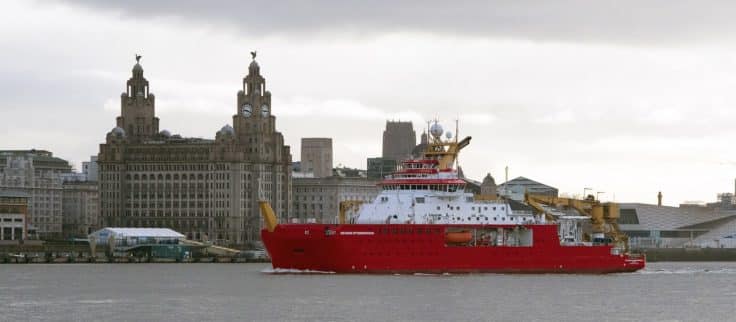The British Antarctic Survey (BAS) is part of the UK’s Natural Environment Research Council, which itself is part of United Kingdom Research & Innovation (UKRI). They deliver “National Capability” to the UK which includes 5 Antarctic Bases, 5 aircraft, the current research vessel, RRS James Clark Ross which is being replaced by the RRS Sir David Attenborough over the next year; and they manage the UK’s Arctic Research Station in Ny-Ålesund, Svalbard. By its nature, the BAS has defined what it means to collect data and operate data centers at the extreme edge.
On this podcast, I have Jeremy Robst from BAS join. Jeremy has a great feel for the challenges of collecting data and managing sensors at the extreme edge and ensuring that data returns securely to their data center in the UK. We also discuss what it’s like to operate data centers at the literal edge of the planet, along with a data center inside a research vessel. Jeremy covers off on the benefits they’ve seen from virtualization, some of their new Quantum arrays and tape libraries, and how Veeam helps protect this critical polar data.

RRS Sir David Attenborough
Subscribe to our podcast:




 Amazon
Amazon